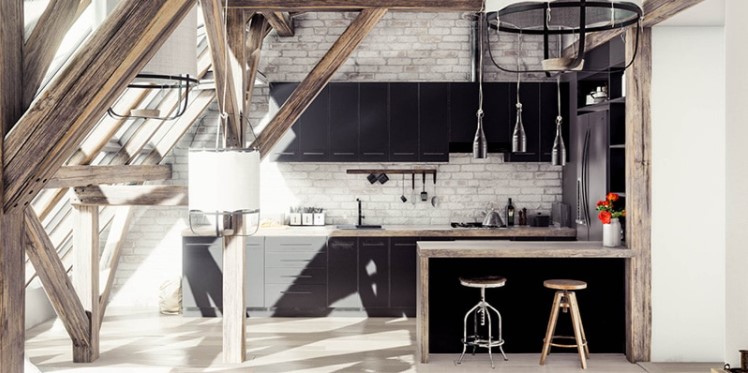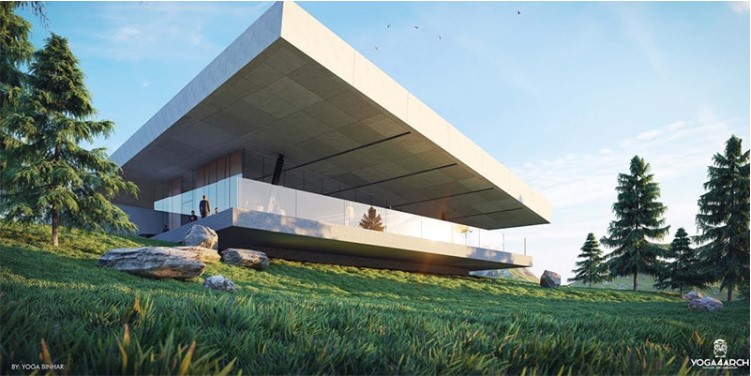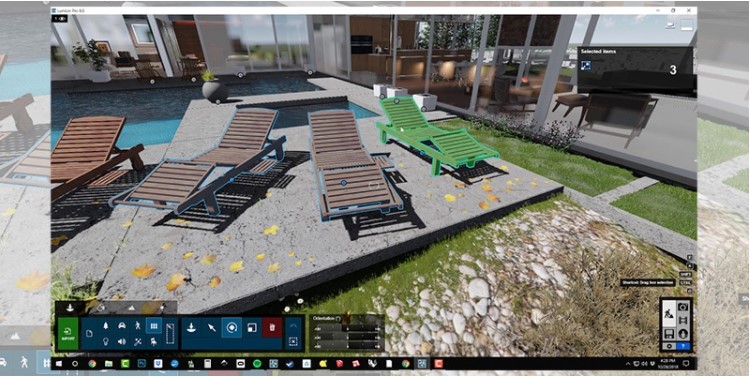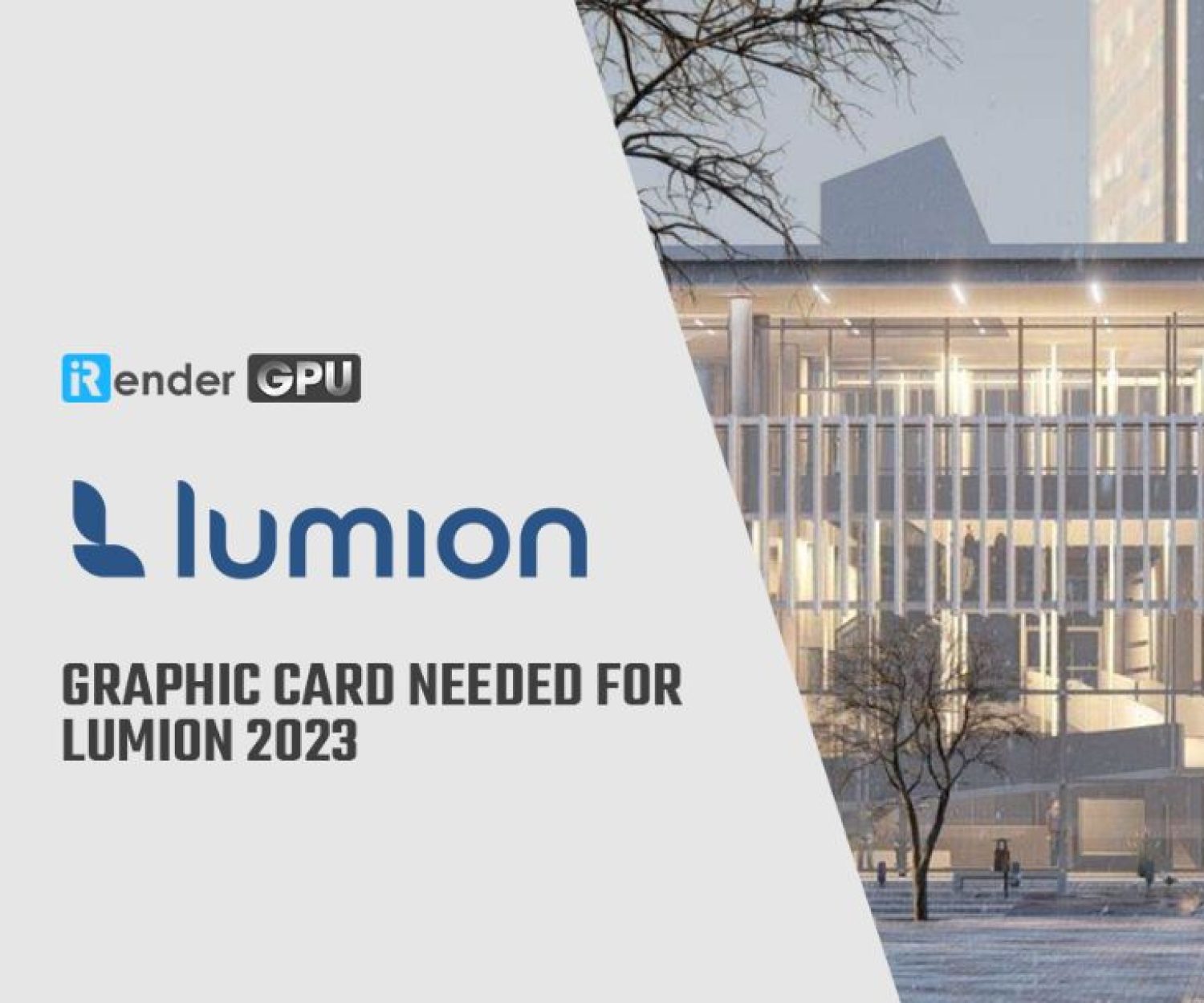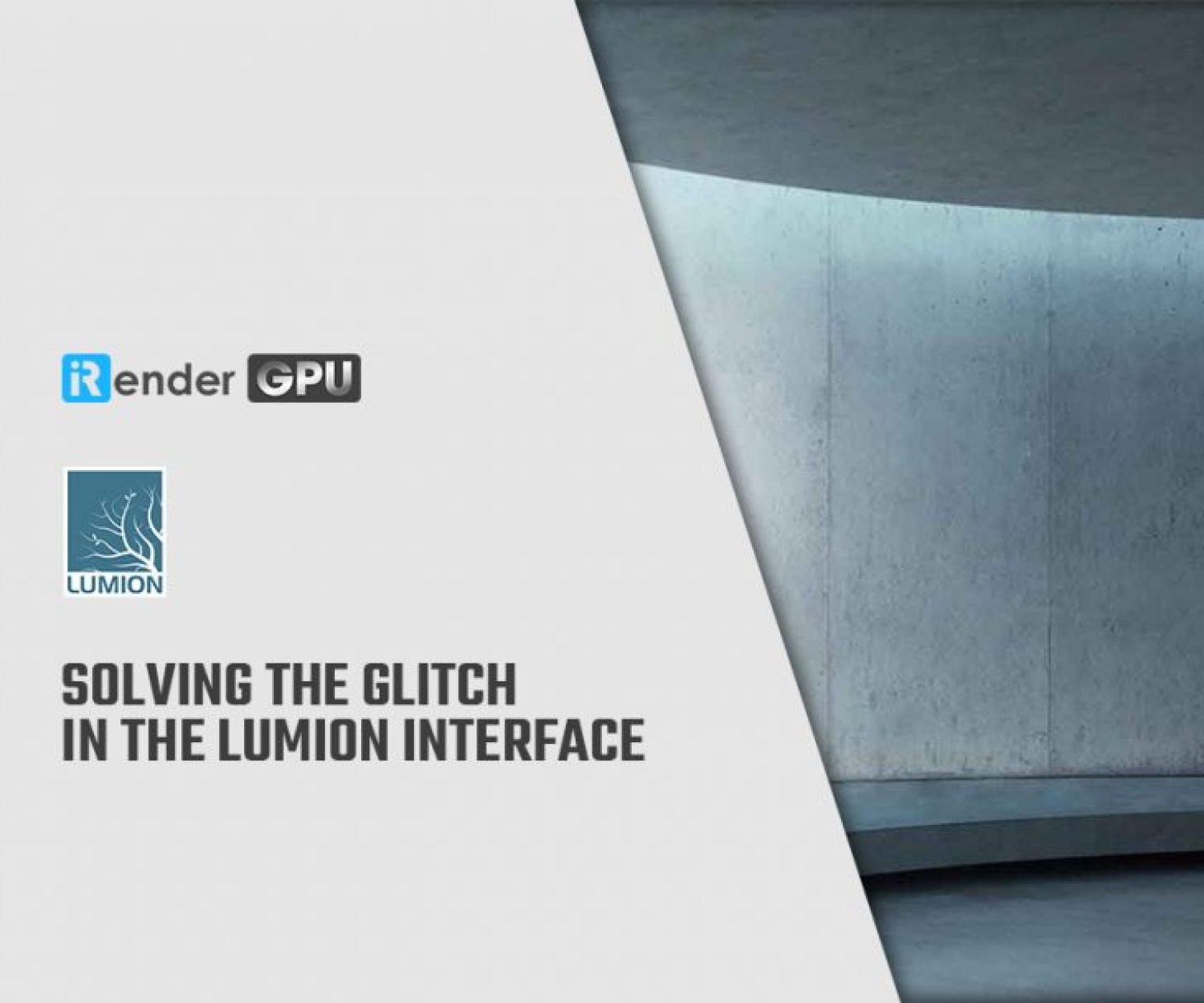Lumion Vs Eyecad VR, which one is better?
3D rendering is the process of generating an image from a design or a model using computer-aided software. Rendering is mostly used in architecture, simulators, video games, films, television visual effects, and design visualization. There are a lot of rendering software such as Lumion Vs Eyecad VR that can help designers and architects bring their models and designs to life, thus better expressing their ideas.
Two of the special software in the field of rendering are Lumion Vs Eyecad VR. They have various features and tools that can help you get things done professionally. This article will point out their features and help you choose the one that is going to suit your need better.
Brief Background Lumion Vs Eyecad VR
Lumion is an architectural rendering software that can help you translate your projects into real-life visible experiences. It allows anyone to build a 3D environment and then create beautiful images, impressive video presentations, and live walkthroughs.
It was launched in 2010, and from that time forward, it became a popular tool in the field. Likewise, since then, Lumion has grown to include hundreds of thousands of users worldwide and still releasing new versions to prove that it is the quickest way to pick up your 3D model and create a scene in a matter of minutes.
On the other hand, Eyecad VR is relatively a new visualization software powered by Real-time Rendering technology. In 2016, the Digital Atom SRL team released the first version of Eyecad VR and introduced it as a simple and intuitive architectural visualization software.
Eyecad VR allows you to create fantastic, interactive VR scenes for you and your customers. It has been made up to create renderings, videos, and interactive experiences for architecture and design.
With these two powerful software, photorealistic visuals are ready in real-time, with an easy and powerful workflow.
Populating Scenes
Lumion Vs Eyecad VR which one is a good populating Scene?
Lumion is a tool created for rendering uses only. That is why 3D objects have to be imported from another 3D modeling software. But the great thing is that you can use Lumion’s large and rich library that contains many architectural assets and various ranges of assets like plants, animals, cars, external furniture, interior decoration, and even some natural components like fire and water.
These objects and assets can be changed in size, color, and materials according to the project’s needs. Moreover, it provides ready-to-use frames and landscape assets to include in the model or the design, like a realistic sea, sky, landscape, and even sand and desert. These scenes and frames can be modified to add mountains, lakes, and slobs to integrate the project on the site.
In Eyecad VR, you can import high-quality objects from the library, manage lightning sources, and all aspects related to visualization.
Once the design is imported, the project assets can be textured using 500+ customizable PBR materials. Once the project has been textured, Eyecad’s powerful rendering tools can help you create a realistic scenario with photorealistic images and videos. It is also possible to simulate all seasons and weather variations.
Rendering and Animation
Lumion has become better, and its developers made noticeable progress regarding the renders’ quality. All through the different versions and updates that have been released over the years, the renders’ quality in Lumion became better, especially for the interior render’s part.
For designers, Lumion provides a series of customized picture resolution predefined by the software. It also provides a wide range of interior and exterior rendering effects, like realistic images effect, more light effects, wind effects, rain effects, night effects, and others.
As a designer, you can also control the sun’s direction, the time of the day, and the season of the year before rendering. Even the amount of clouds in the sky is adjustable in Lumion. Rendering speed and picture delivery in Lumion can take less than a minute, and animation can take minutes, few hours, and sometimes more depending on the computer’s hardware, and the video’s length and resolution. Panoramic pictures mode is available too in Lumion, and it is usually used in urban projects.
As for animation, it just needs almost the same configuration of image rendering. The only difference is that the user defines the different scenes and places they want to highlight during the animation.
When it comes to Eyecad VR, its basic version is known as Start. It can import your design or project, apply VR interactions, and functions with components, materials and the material editor itself. It is also possible to share your work with your clients on mobile and desktop. Thanks to the many features, the software allows designers to create high-quality renders instantly, create natural or artificial landscapes through a landscape creation tool, create video animations rendered in real-time, and also allows the sharing of real panoramic tours 360 degrees with a few clicks.
The PRO version includes lighting sources, the environment editor, photorealistic rendering, and ultra-quality options.
There are more than five hundred PBR (physically based render) materials accessible in Eyecad VR. The Pro version comes with a Landscape toolset that can be used to produce amazing landscapes.
Besides, there are World map features. Applying the robust terrain editor makes realistic natural environments and water like rivers, ponds, lakes, exuberant vegetation, hills and mountains, and more.
Freedom and Flexibility
Lumion provides multiple settings and features to make the workflow simpler for users. Before you start rendering, you have various settings and parameters to adjust. For instance, the quality and the resolution to make the software work smoothly and increase its speed, especially if you will work on a big and heavy project. You can also enhance the quality of the trees and vegetation, increase rendering to a great high quality to preview images before rendering, and turn on the sound and full-screen mode.
Lumion also comes with multiple settings for the sun, clouds, time, and adding effects to the images before rendering. image resolution offers four settings by default where you get to choose it directly.
Eyecad VR has a catalog of 3D models of furniture, natural assets, people, and cars. These assets can be configurable and animated with simple settings within the scene. In Eyecad VR, the setting tab allows you to enable VR and real-time rendering. You can also edit weather conditions and day/night cycles. Moreover, you can specify the format of the file in case of exporting.
Thanks to its ready-to-use 3D resources, Eyecad VR is extremely fast when it comes to creating a full scene starting from a simple 3D project model. Eyecad VR lets you use and customize objects and finishes.
User Interface
Thanks to its simplified and intuitive interface, Lumion is accessible to everyone. You can work on your renderings projects by yourself, simply and quickly. It does not have many tools that may make the process hard. Each group of tools is linked together, which makes the work easy and organized.
The EyecadVR‘s user interface is divided into 15 TABs (work areas organized by functions) and three kinds of project visualization styles. These tabs are simple and user-friendly. They allow the users to edit, add objects imported from the outside and the objects inside the Eyecad VR 3D library, add materials, add light sources, interact, configure the environment and landscape, visual effects and give them access to many other features. The tools are friendly, and any beginner can manage to use them easily.
Industries that Use Lumion and Eyecad VR
Right now, Lumion is one of the most important go-to 3D rendering tools, architects and designers are taking advantage of because it is multi-purpose, and an easy-to-use visualization technology that empowers creativity. And that’s just what Lumion sets out to do.
Eyecad VR is mainly made for CAD/BIM designers, architects, curators, interior decorators, and hobbyists.
Learning Curve
Both Lumion Vs Eyecad VR are considered easy to use and learn. Lumion is a simple software, and any beginner can easily use it. The tools and are organized in a clear way to guarantee a better experience. Nothing is difficult, no complicated settings to adjust, and everything intuitively easy to find. It is as easy for a beginner as it is for an expert.
When it comes to Eyecad VR, it was born as a modern software, without the old hard-to-understand CAD software style that has been driving the field of design and modeling for a long time, especially in Architecture and Design 3D software.
Hardware and Operating Systems
Lumion is powerful software. We can know this just by looking at the quality of the renders and the features it offers. That is why it requires a high-performance computer with 1 graphic card and strong memory. And it would be better if it is a desktop computer with a good ventilation system to preserve the processor and graphics cards from overheating. Lumion is available only on Windows.
Eyecad VR is available for both Windows and Mac. Eyecad VR was born in Windows 10, but it works well with Windows 8.1 and 7. However, it does not guarantee compatibility with all Eyecad VR plugins, and it’s not possible to analyze the crashes. It would be best if you had a computer with a dedicated graphics card to use this software. High-end laptop PCs are very good with Eyecad VR. The important thing is that it should have a dedicated graphics card starting from the GTX 1060.
Pricing and Licensing
Eyecad VR does not have a free version but it does offer a free trial. Eyecad VR Start costs €199 ($240) and Eyecad VR Pro costs €399 ($481) as one one-time payment.
When it comes to Lumion, its latest version costs €1499 ($1806) per year when it comes to the basic version and €2999 ($3613) for Lumion PRO.
This can be pretty expensive compared to Eyecad VR, as it is not affordable for hobbyists and young architects and designers. Lumion also comes with a free trial for 14 days to test the software.
Final Thoughts
Both programs can create beautiful renders. Still, the process of using Eyecad VR is much smoother, and its Real-time rendering that uses VR technology makes it a great option. However, Lumion still the famous, powerful software that offers great customization and levels of control and freedom. Therefore, you should choose what suits your need best.
iRender is proud of being pioneer in Vietnam providing high computing performance with many CPUs & GPUs for 3D rendering, processing Big Data or any other intensive tasks. We support and integrate all 3D design softwares, render and 3D plugins to meet all your needs.
Register an ACCOUNT today and get FREE COUPON to experience our service. Or contact us via WhatsApp: (+84) 912875500 for advice and support.
iRender – Happy Rendering!
Source: inspirationtuts.com
Related Posts
The latest creative news from Lumion Cloud rendering, V-Ray Cloud Rendering , Twinmotion Cloud Rendering , 3D VFX Plugins & Cloud Rendering.





